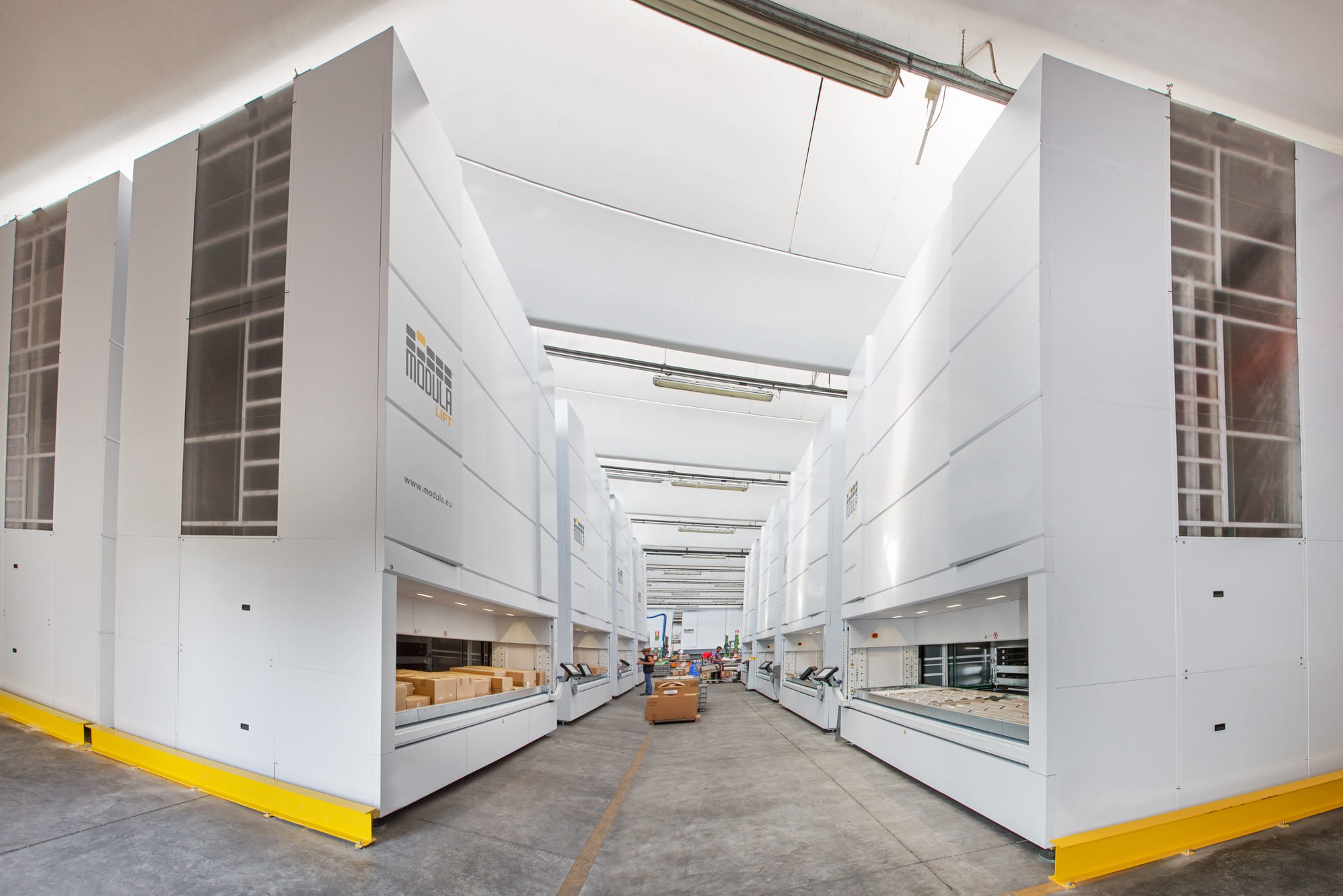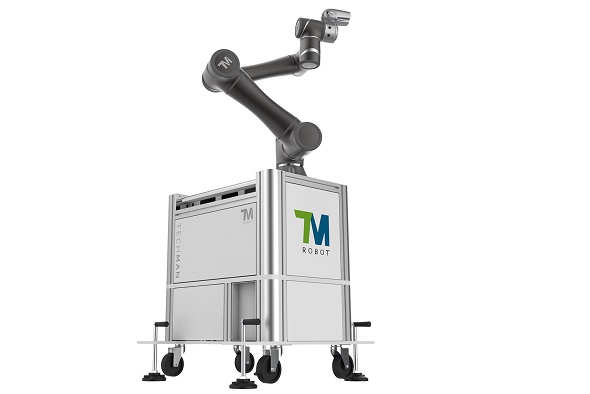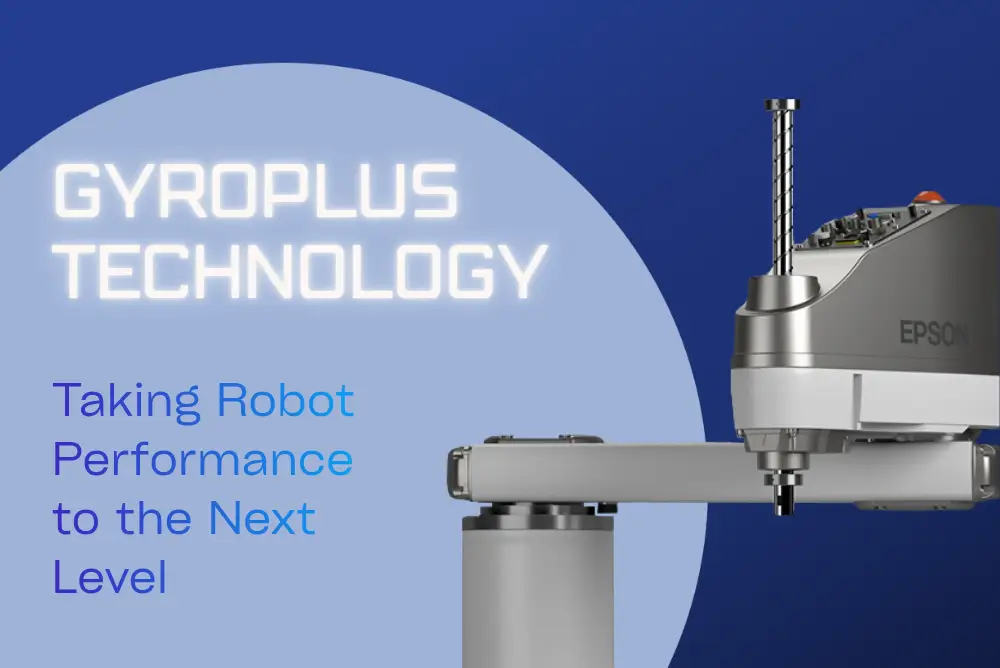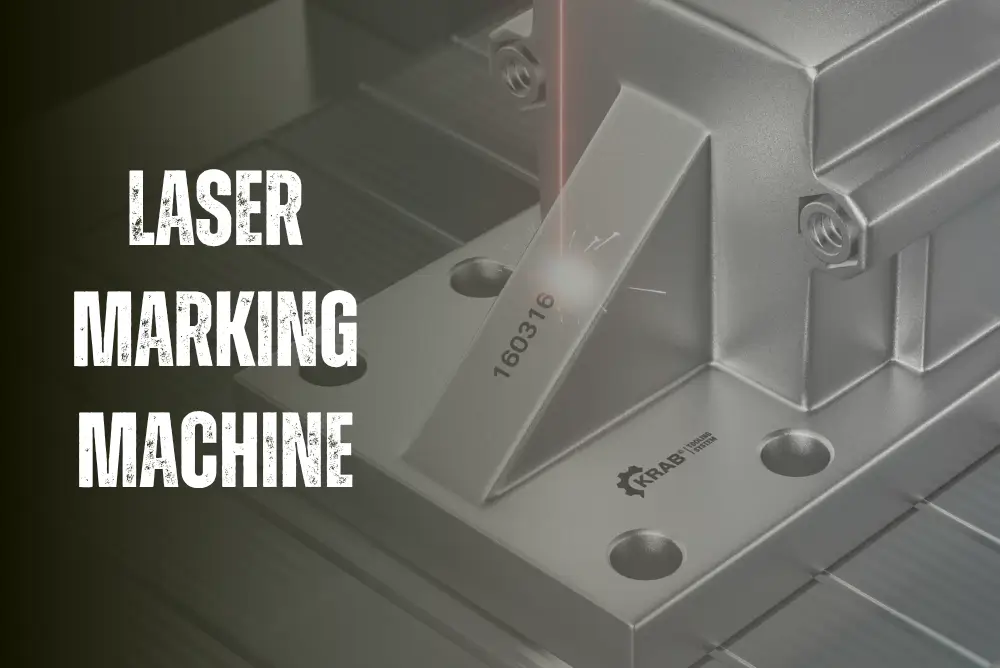 Contents
Contents
- Limitations of Cobots in Product Picking Without 3D Cameras
- What is a 3D Camera? How It Works and Benefits in Automation
- Combining Cobots and 3D Cameras for Efficient Product Picking
- Introducing the Ensenso N35 3D Camera
- 1. Top Features of the Ensenso N35 for Industrial Automation
- 2. How PSB Intralogistics Integrates the Ensenso N35 in Their Automated Picking System
- Outlook
Limitations of Cobots in Product Picking Without 3D Cameras
The greatest challenge in automating product picking does not lie in components such as cobots or grippers, but in the integration of 3D cameras. Products often vary in shape and size, yet cobots without 3D cameras can only handle items from predefined categories. This limitation leads to significant risks in product handling, inventory management, and workflow synchronization.
PSB Intralogistics GmbH, a German company specializing in intralogistics and warehouse automation, focuses on automated conveying, sorting, and storage systems, along with warehouse management software. The company faced numerous difficulties in automating their picking processes, primarily due to the inability to accurately detect and localize products inside containers. Traditional robots were unable to calculate precise gripping points, resulting in errors, reduced efficiency, and lack of synchronization across logistics workflows.
What is a 3D Camera? How It Works and Benefits in Automation
A 3D camera is a device capable of capturing images with depth information, similar to how human eyes perceive the world. It enables the visualization of three-dimensional space — including height, width, and depth.
There are two primary methods of operation:
- Multi-lens configuration: Some 3D cameras feature two or more lenses, each capturing images from slightly different perspectives.
- Single moving lens: Others use a single lens that moves to acquire different viewpoints.
The presence of multiple perspectives — much like our two eyes — allows the 3D camera to calculate the distance to objects, thus producing a depth-aware image. The combination of these perspectives results in the 3D visuals we commonly see.
Combining Cobots and 3D Cameras for Efficient Product Picking
The 3D camera acts as the "eyes" of the cobot. It identifies potential gripping surfaces on objects inside bins, calculates optimal gripping points, and generates collision-free motion paths for the cobot. As a result, the cobot can recognize previously unknown items, pick them directly from cluttered piles, and place them in the most space-efficient area within the destination bin.
Vacuum suction cups ensure that the picking process is gentle and non-damaging to the products. Notably, the system does not require pre-teaching each individual product. Whether it’s a bottle of medicine or a box of tea, the multi-purpose gripper is highly adaptable, capable of handling various product types with differing packaging specifications.
The 3D camera system can also update in real time to determine the most effective gripping strategy for each item. For a stable system, the picking performance typically ranges between 300 to 500 units per hour, depending on product characteristics.
Introducing the Ensenso N35 3D Camera
1. Top Features of the Ensenso N35 for Industrial Automation
The Ensenso N35 is a high-end model in the Ensenso N series, engineered for demanding applications in automation, industrial image processing, and collaborative robotics. With real-time 3D data capture at up to 30 frames per second in high resolution, the N35 offers ideal speed and detail for handling both static and moving objects.
Equipped with dual CMOS sensors, a high-speed GigE interface, and an integrated pattern projector, the camera significantly improves the detection of challenging surfaces, such as dark, glossy, or highly reflective objects. Leveraging FlexView1 technology, it can capture accurate 3D data even from surfaces with minimal texture.
Its IP65/67-rated enclosure ensures reliable operation in dusty, humid, or splash-prone environments — ideal for industrial production lines.
2. How PSB Intralogistics Integrates the Ensenso N35 in Their Automated Picking System
To smartly and flexibly automate their material handling processes, PSB Intralogistics integrated two Ensenso N35 3D cameras into their autopick cobot system, resulting in enhanced performance and greater adaptability in real-world operations.
All Ensenso 3D cameras utilize Projected Texture Stereo Vision, a technique that emulates human depth perception. Each camera is equipped with two CMOS sensors and a high-contrast projector, enabling precise object reconstruction even under complex lighting conditions.
The result is a 3D point cloud — a foundational spatial dataset for object localization. A 3D point cloud is a collection of data points in space, each defined by x, y, and z coordinates. It can be visualized as a cloud of tiny dots that outline the shape of an object.
Smart Integration with Ensenso SDK and Mikado ARC
To incorporate these 3D cameras into the system, PSB Intralogistics uses the Ensenso SDK — a powerful development toolkit that supports quick setup, precise calibration, and GPU-based 3D image processing, significantly accelerating overall performance. With multi-camera support, the system merges data from various viewpoints to produce a unified point cloud, ensuring spatial accuracy and data integrity.
First Camera: Top-Mounted for Object Localization
The first 3D camera is mounted above the source bin, playing a critical role in determining the exact positions of objects to be picked. The 3D imagery enables the robot to plan optimal, collision-free trajectories. Mikado ARC (Adaptive Robot Control) software by Isys Vision is used to analyze camera data, combining 3D stereo vision with adaptive robot motion control.
This allows the cobot to move beyond pre-programmed paths, autonomously orienting itself and reacting effectively to changing picking scenarios.
Second Camera: Maximizing Storage Efficiency
The second 3D camera is positioned above the destination bin, where it determines suitable storage locations for picked items. It also measures Z-axis height of the bin contents to optimize layout planning — especially important for fragile items that require uniform and careful placement.
Image capture is performed asynchronously from the robot’s motion, helping reduce cycle times without sacrificing accuracy. This is a major advancement for ensuring high throughput in autopick systems.
Outlook
As e-commerce continues to grow, the demand for fast, accurate, and flexible material handling is becoming more urgent. Simultaneously, labor shortages in the logistics sector highlight the need for advanced automation solutions.
In the near future, the convergence of 3D camera technology, artificial intelligence, and adaptive control software will push logistics toward full automation — where robots can collaborate seamlessly with humans or operate autonomously, smarter and more efficiently than ever before.
The Ensenso N35 is the ideal choice for businesses seeking a powerful, durable, and easily integrable 3D camera solution — particularly in quality inspection, robot guidance, smart assembly, and other machine vision applications.
Reference: ENSENSO 3D CAMERA N SERIES
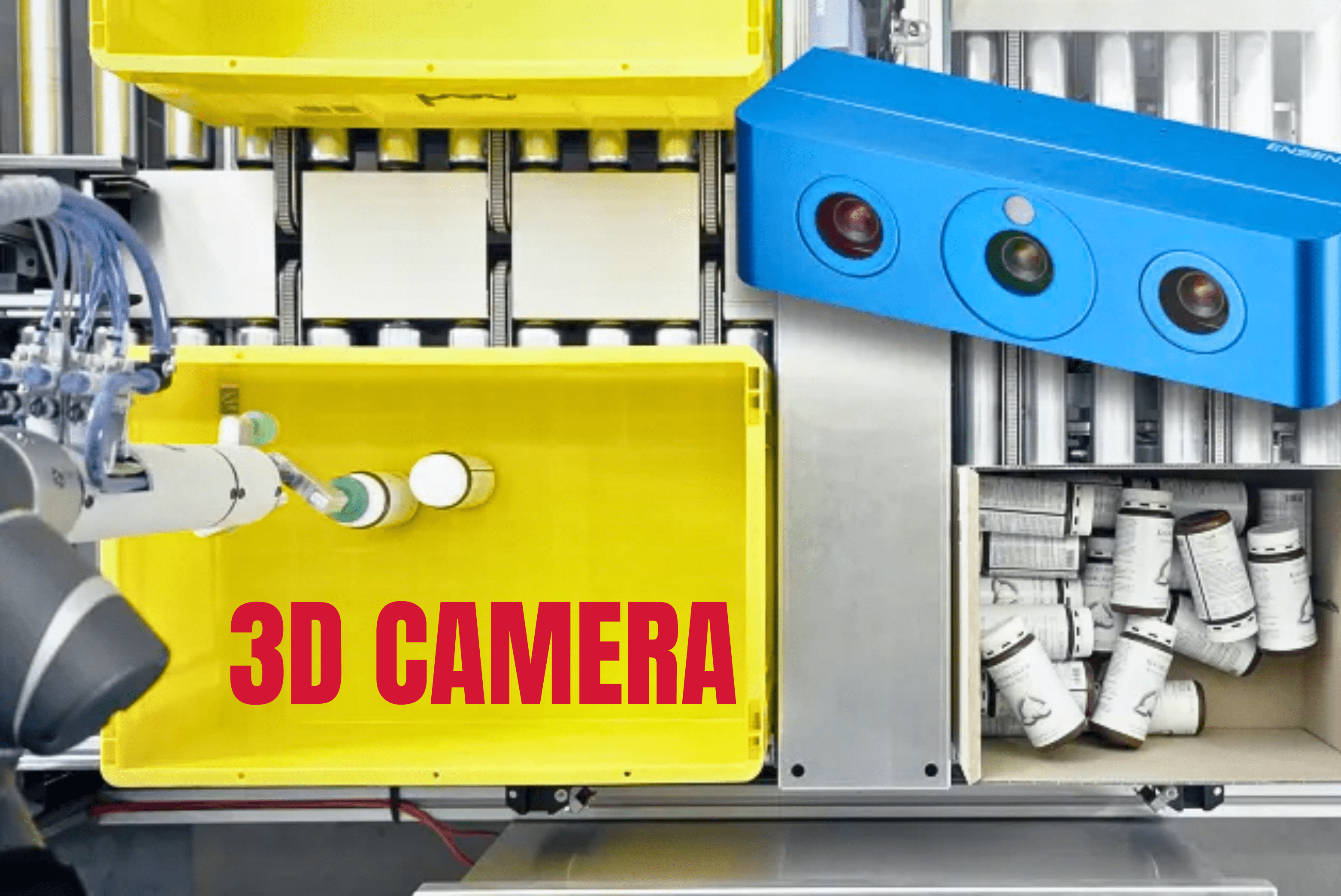
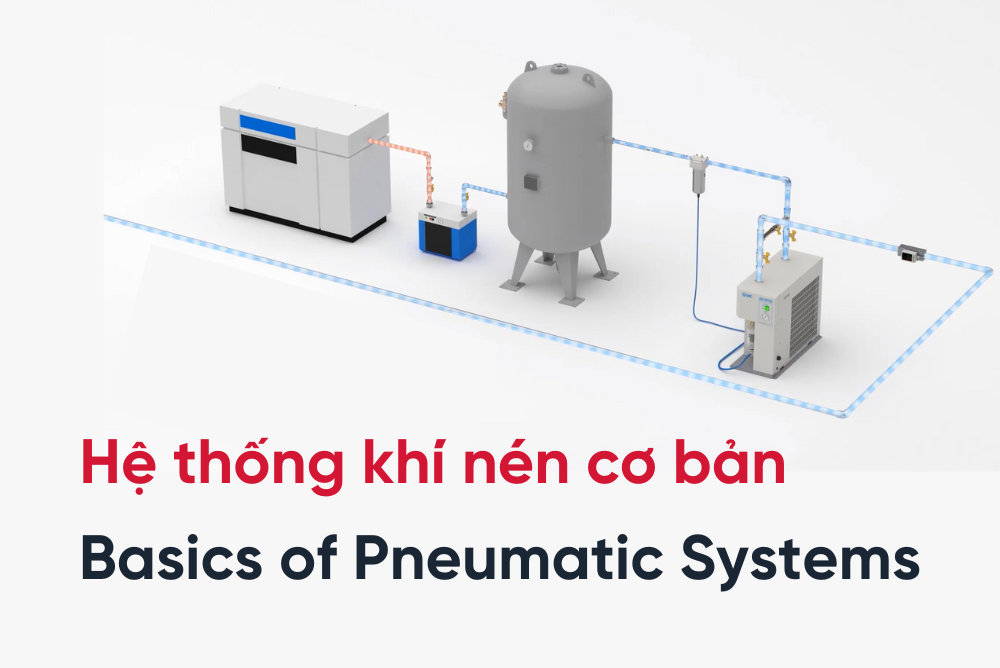
 Read more
Read more
